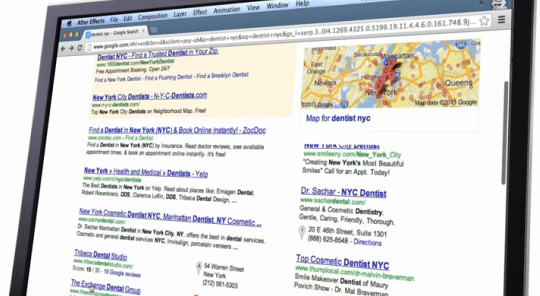15 SEO Best Practices for Structuring URLs
It’s been a long time since we covered one of the most fundamental building blocks of SEO–the structure of domain names and URLs–and I think it’s high time to revisit.
Sales Renewal’s insight:
They offer both common-sense (e.g., #2) and search engine specific advice (e.g., #10) on the 15 best ways to construct web addresses (URLs) for your key, natural search pages:
#1: Whenever possible, use a single domain & subdomain
#2: The more readable by human beings, the better
#3: Keywords in URLs: still a good thing
#4: Multiple URLs serving the same content? Canonicalize ’em!
#5: Exclude dynamic parameters when possible
#6: Shorter > longer
#7: Match URLs to titles most of the time
#8: Including stop words isn’t necessary
#9: Remove/control for unwieldy punctuation characters
#10: Limit redirection hops to two or fewer
#11: Fewer folders is generally better
#12: Avoid hashes in URLs that create separate/unique content
#13: Be wary of case sensitivity
#14: Hyphens and underscores are preferred word separators
#15: Keyword stuffing and repetition are pointless and make your site look spammy.
Read Original Article




